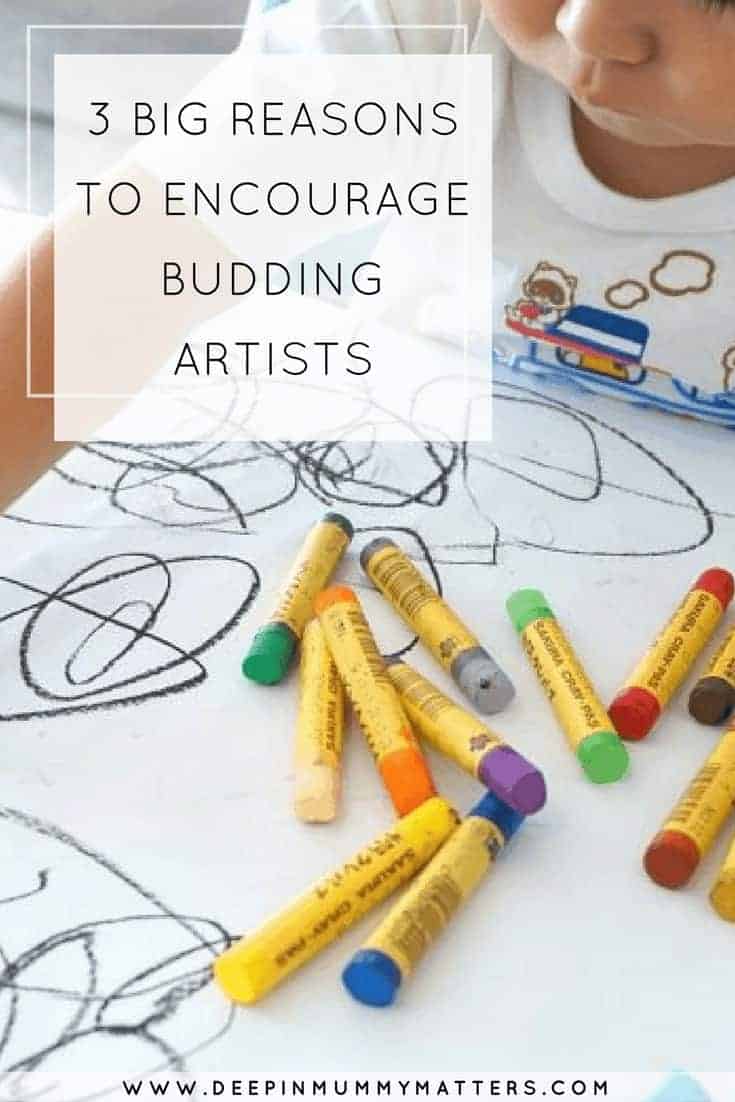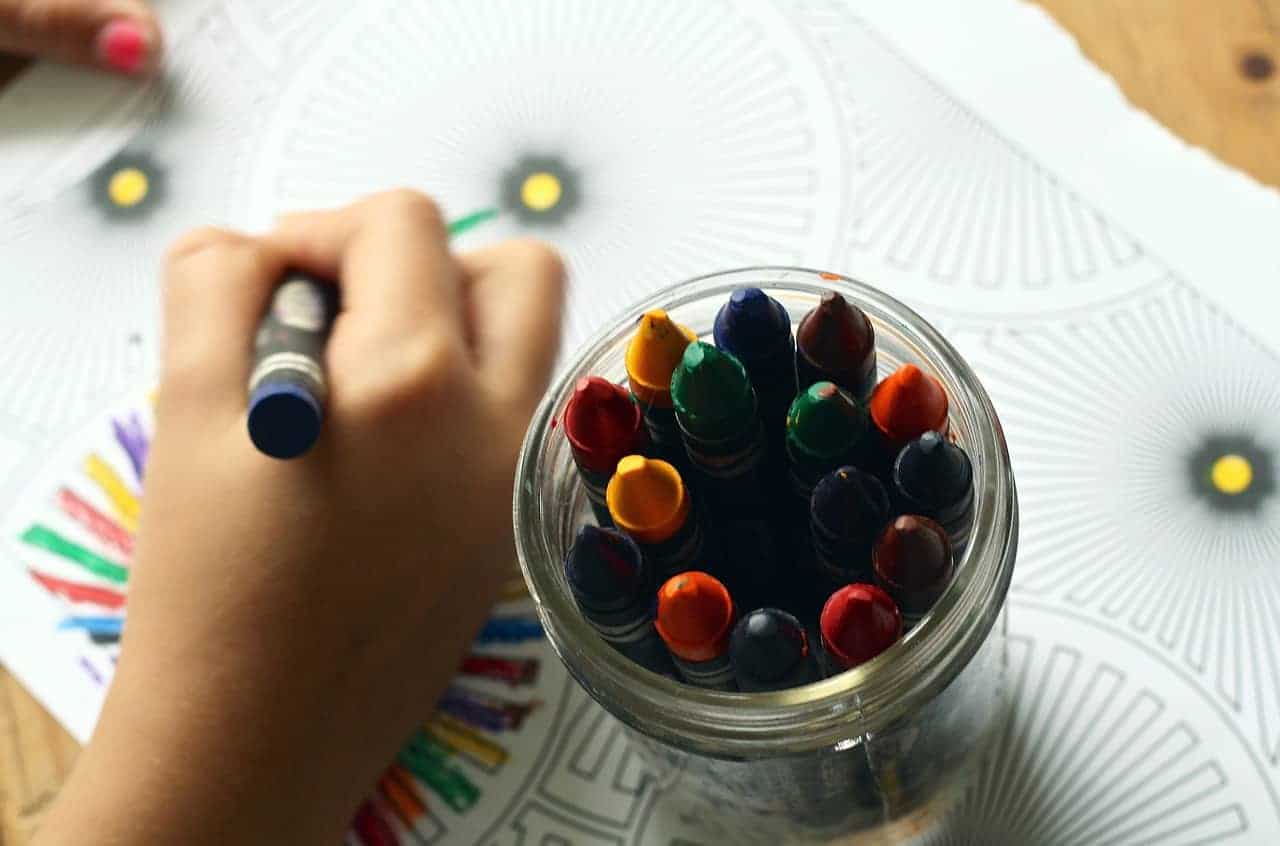As someone who has been drawing since she can remember, I find it a little shocking — and upsetting — when I find parents who, while they might have initially encouraged their children to show off their artistic side, later adjusted them towards something different.
Something different, like medical school, or law school, or physics, or engineering — none of which I have a problem with, the world can never have enough doctors and engineers — but what frightens me is this pervasive idea that a person can only be one or the other. Why can’t doctors be painters? Why can’t accountants be sculptors? Who says?
What parents seem to misunderstand is that inspiring artistic and creative tendencies in children do more than give them the ability to make pretty things to hang on a wall. These tendencies allow for better employment, better interpersonal skills, and even better methods for understanding the world around them. During the national lockdowns, my children and I loved nothing more than to spend an afternoon taking part in an online painting course. The children actively ask me if we can do another one during the school holidays now.

1. Art Opens Doors to Boosted Confidence
Not all artists live the stereotype of being moody, grumpy, and miserable all the time, especially when, from an early age, they’re taught the embrace their mistakes and love their creations, even if they’re not perfect.
By being overtly supportive of every piece of art your child creates, whether it’s painted handprints on computer paper or a clay sculpture they made at daycare, you’re showing them that even imperfections can (and should!) be loved and enjoyed. Even just taking the time to participate in cute, fun DIY crafts with them, shows them that you’re supportive of what they want to do!
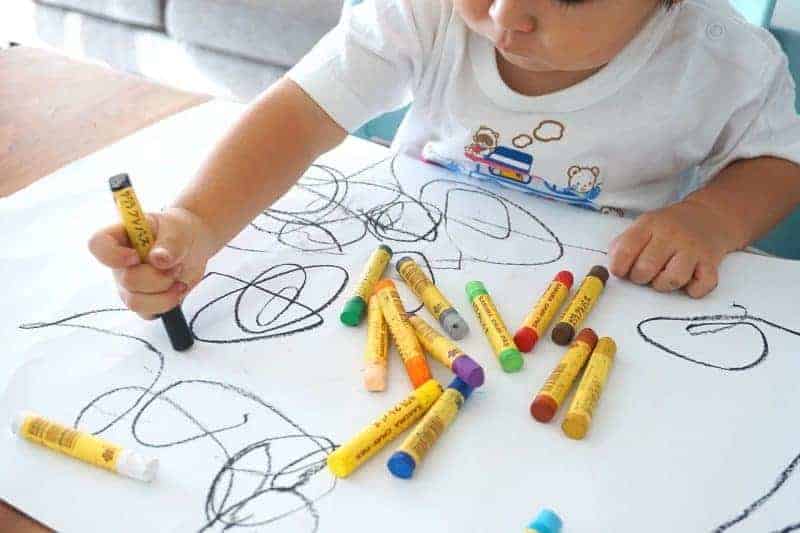
Present their work out in the open, even in places that aren’t just the kitchen fridge. Compliment their efforts, even nudge them in a different direction if their skills aren’t totally fine-tuned yet, but most importantly, just keep their spirits up. Even if they never go on to face university-level critiques of their works, if they never become famous gallery exhibitionists, chances are they’ll still face some kind of harsh words when they show off their masterpieces to the wrong people.
Teach them that sometimes they might hear things they don’t like, but that doesn’t take away from the value of their creativity, and any negative opinions are best used as motivation to become even better!
2. Art Helps Kids (and Adults) Better Understand the World
Not only are creative activities now being used to teach common-core skills in schools, but studies have shown that students who are exposed to art, and continue to pursue it from a young age, are better at empathizing with others and understanding different points of view.
Because art is such a subjective thing, no one’s art is the same as anyone else’s, and you have to learn to understand and celebrate differences; young artists learn early on that just because something is different, doesn’t make it wrong.

To quote Olafur Eliasson from WeForum.com, “The arts and culture represent one of the few areas in our society where people can come together to share an experience even if they see the world in radically different ways… In art and other forms of cultural expression, disagreement is accepted and embraced as an essential ingredient.”
To put it more simply: Art allows people to take one thing and express how it makes them feel. All expressions will be different, yet they’re all deserving of praise and have equal worth — and what better life lesson is there to teach a young child?
Take time to introduce art to your children. It doesn’t have to be the big paintings in museums or weird conceptual things you see posted online — it could be as simple as the sculpture you see in the park on a Sunday afternoon. Teach them how to appreciate it, ask them how it makes them feel, give them a chance to talk out loud for as long as they want without interrupting or correcting them.
Don’t be afraid to expose your children to “complex,” ideas, like those portrayed by the most recent work of art hitting headlines, Fearless Girl by artist Kristen Visbal in NYC. Ask your kids what they think it means, ask them what they think makes the art so cool, so special, so important. You might be surprised by the insight they offer, even if it’s not “correct,” or not what the artist actually intended. The thing about art is, it can mean different things to different people. That’s what it’s supposed to do — and what it means to your kids might surprise you!
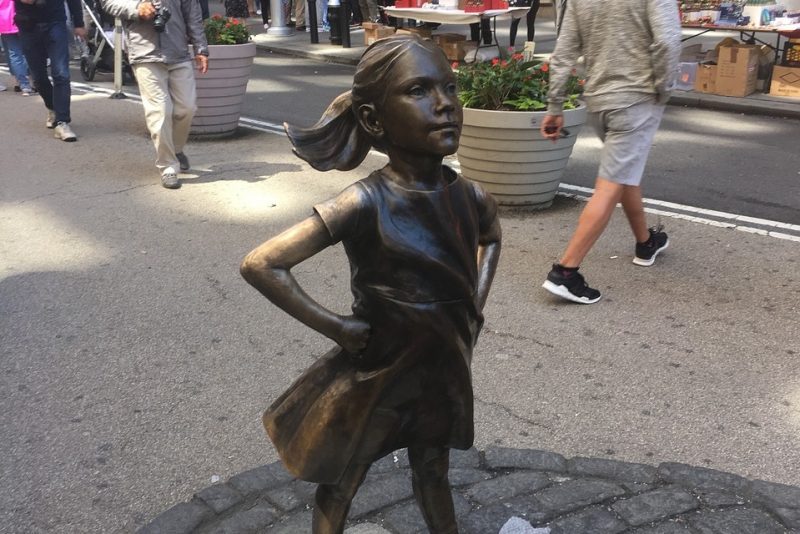
3. Artistry isn’t Destined for Future “Failure”
While I won’t argue that in a lot of cases, “starving artist” is a perfectly apt descriptor for what many people go through — I will argue that it’s not the only thing artists can expect to get out of their lives. Yes, being a full-time artist can be difficult, but the same goes for any professional field. It all depends on what you like, what you’re good at, what you’re willing to do.
For example, with a degree in art, there’s more to life than just painting pictures at the state fair once a year. Artists regularly work in big marketing firms, advertising agencies, graphic design conglomerates, movies and television design, interior decorating — you name it. Anything with a logo, a backdrop, pretty lighting, or a cool design was thought up by an artist.
Not to mention, many big enterprises would love to see more “Liberal Arts” mentions on an employee’s resume. According to Marylhurst University, those who studied Liberal Arts are known to not only take criticism better and with more dignity, but they also:
- Are more comfortable with subjectivity.
- Have stronger interpersonal skills.
- Have more diverse perspectives.
These things are especially important if your child decides later on in life they want to pursue something in HR, or maybe even counselling, where, according to Wake Forest University, art therapy is a big deal in helping people deal with traumatic grief.
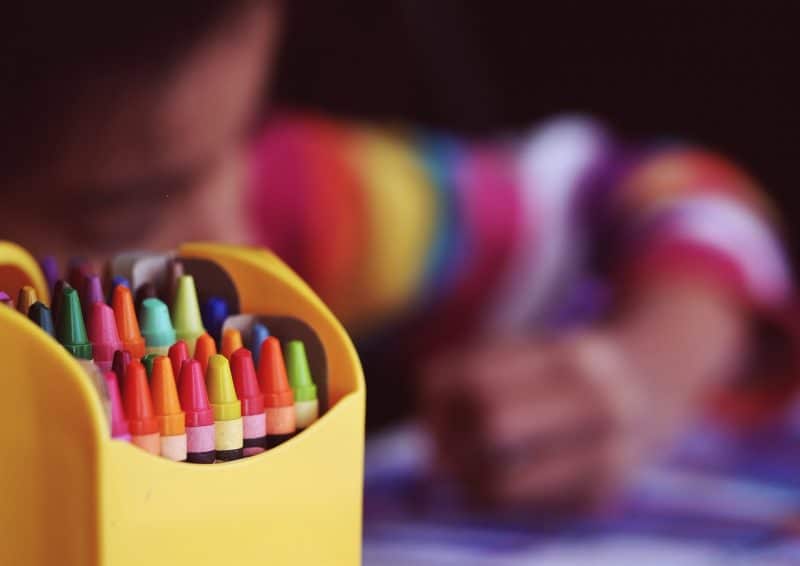
Even if it’s not 20 years down the road we’re talking about — even if your kiddo is just trying to help their friends feel better after a bad day, learning early on that mistakes aren’t the end of the world and all things can be overcome certainly won’t hurt their efforts.
Conclusion
Maybe after years of drawing, scribbling, and painting on the walls, your child decides art isn’t the path for them. That doesn’t mean it was all a lost cause, or it was all a waste. Art teaches people more than simply how to make something pretty on paper; it teaches them life lessons that help them grow into self-sustaining, independent, and confident people for the future.
History and experience in art, even if the phase only last while they’re a toddler, carries on into adulthood, where they can put their learned skills to the test. Learning to overcome criticism, to believe in themselves, to love what they do and to pursue their passions. Finger painting in class does much more than stain their favourite t-shirts — it teaches them how to be a better person, both as a kid and as a grown-up.
